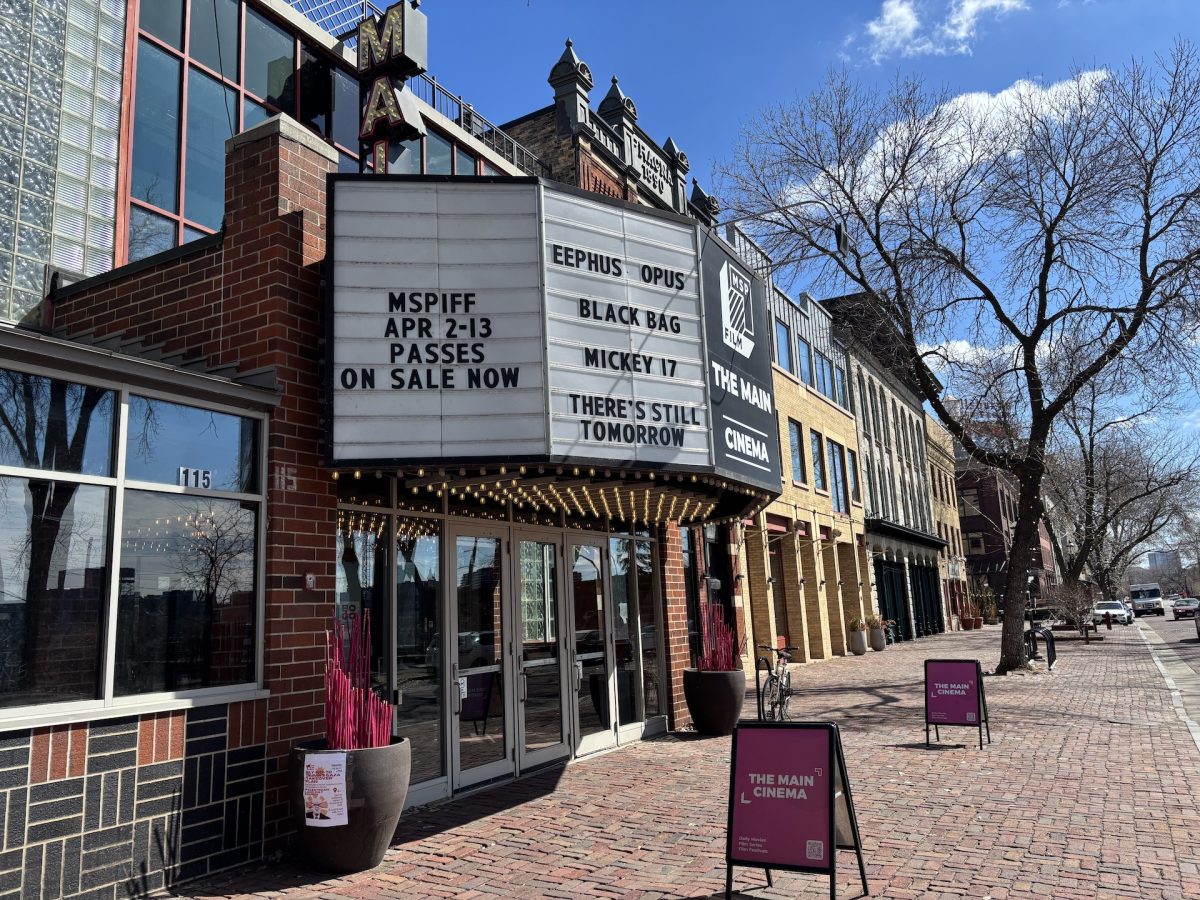Chatting with painter Dyani White Hawk, one gets the sensation of easy, coherent serenity.
Her work reflects this — clean lines and pure colors create an aesthetic seldom found in abstract expressionism.
However, the lively beauty of White Hawk’s paintings did not come without struggle. Having Lakota and European heritage, White Hawk’s work illustrates the negotiation of opposing identities.
“I think when I was younger, it came out as conflict. I was figuring out how I fit in the world …. how to be okay with all of that,” White Hawk said of her heritage.
“I think my art has been a huge part of coming to a place of my own self-acceptance, and then utilizing my work as a way to have important conversations that the world often ignores in regards to native communities.”
Conversation, according to White Hawk, is the best thing her art can provoke. “I don’t pretend to have any answers,” White Hawk said. Her work is too abstract to be didactic, yet too clear for the Native American symbolism to be missed.
“I could just slip into making abstract artwork, period, that [has] nothing to do with my genetic history. But that would be false. It would be a lie,” White Hawk said.
White Hawk’s power of abstraction is an effective way of navigating individual and societal levels. Her early work had too many symbols. It confronted problems too overtly.
“[ … ] My earlier works were missing a certain grace and poignancy. I ended up pairing down the visual information to be able to tell very complex stories through an abstract language.”
For White Hawk, it was important to find a common denominator — something universal that audiences could connect to her work through.
“I like the idea of seducing an audience in through beauty and making people want to know more,” White Hawk said.
Creating the work that prompts these instant emotional reactions is a long and tedious process.
“It sometimes takes six weeks of meticulous, repetitive line work,” White Hawk said.
Many of White Hawk’s paintings incorporate careful patterns like those of an M.C. Escher drawing. White Hawk has also been exploring mixed media paintings with beading and quillwork.
Due to the painstaking detail of her large scale works, White Hawk has had to step into the role of creative CEO at times in order to meet deadlines.
“I had to hire help because there’s so much bead work,” she said.
In preparation for her most recent solo exhibit at the Bockley Gallery, White Hawk hired two assistants.
White Hawk’s approach to abstract expressionism is distinctly different than other abstract painters who could finish pieces in a matter of hours.
“Logistically it’s tough because I can only produce so many pieces. As an artist I’d be in a better place if I took up Pollock’s approach — I could whip out giant-ass paintings over and over again in a few hours that are worth ridiculous amounts of money, but this is what I’m called to do.”
Despite the rigors of her creative process, White Hawk’s cause is bigger than herself. The work is worth it.
“I just want to help bring these conversations to life.”








